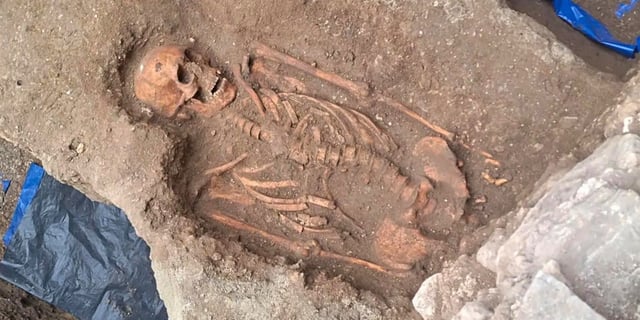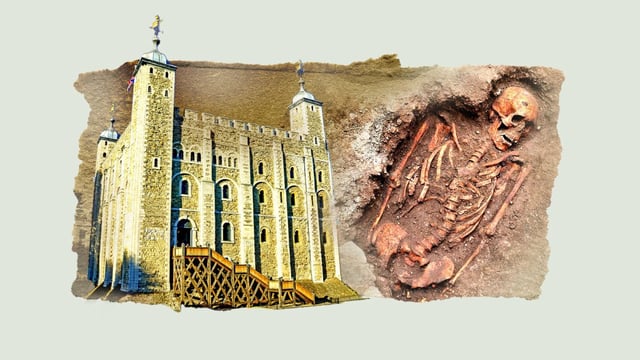Overview
- The excavation launched in early July for a new accessibility lift is the largest at the Tower in 40 years and has exposed at least 25 non-violent burials, with remains suggesting up to 50 individuals.
- Archaeologists unearthed successive chapel foundations spanning the 12th to 16th centuries, including evidence of a fire-damaged Edward I chapel and Henry III’s Reigate stone work.
- Hundreds of artifacts such as stained glass fragments, metalwork, sewing needles, a pendant, a ring, cannon balls and a mortar were recovered, enriching understanding of medieval daily life.
- None of the skeletons show signs of violence, and a cluster of rushed 14th-century interments predating Edward III’s plague burial rules may represent early Black Death victims.
- Samples have been sent for DNA, isotope and biomolecular analysis to trace origins, diet and health, and the remains will be respectfully reinterred after research concludes.

